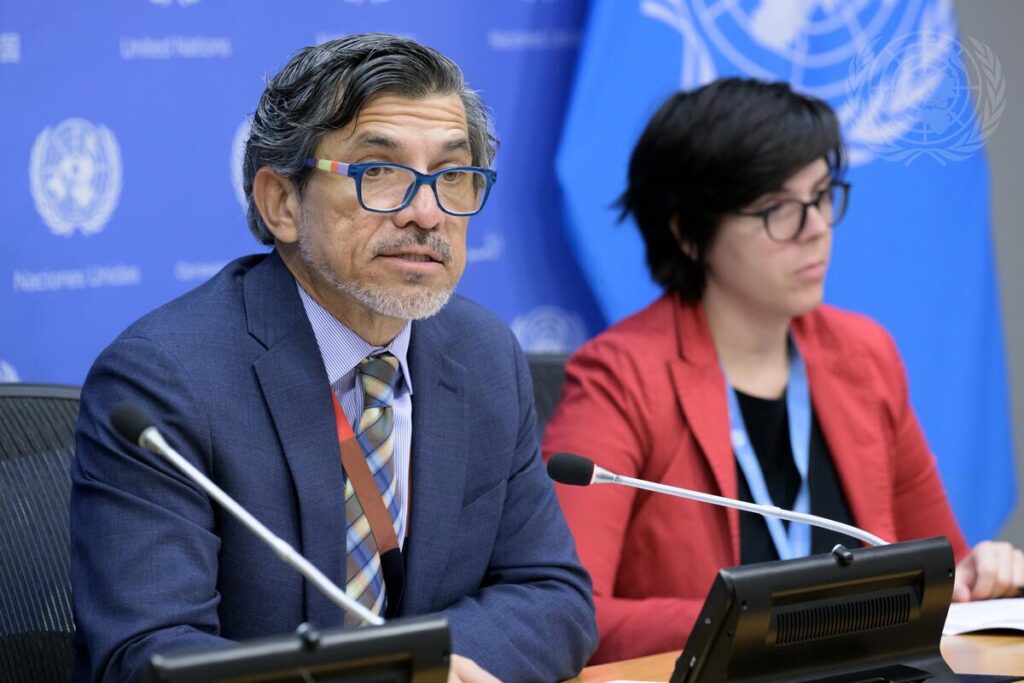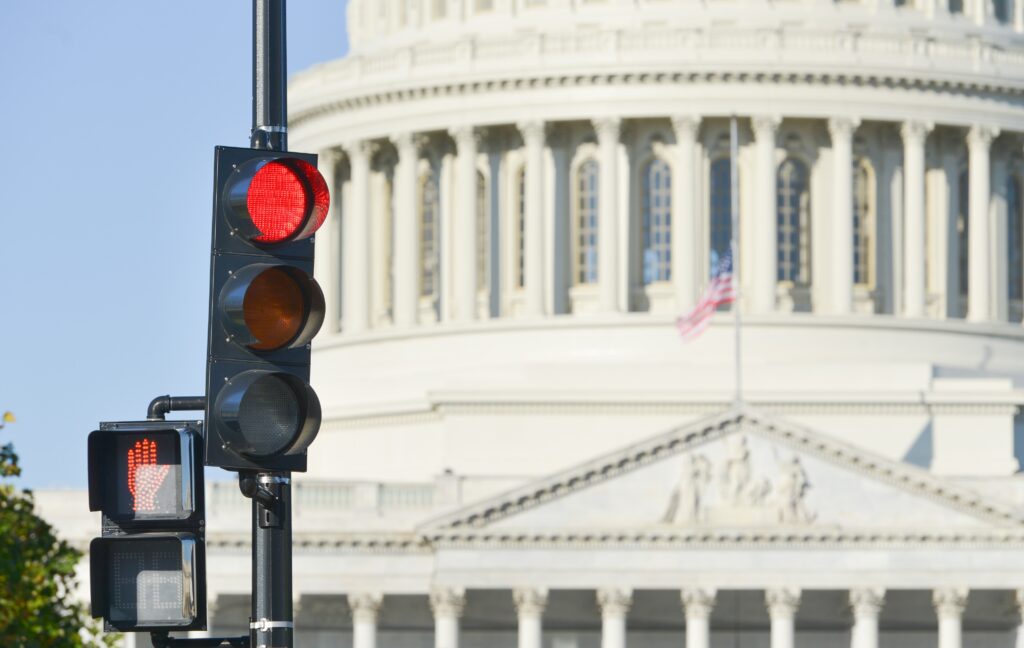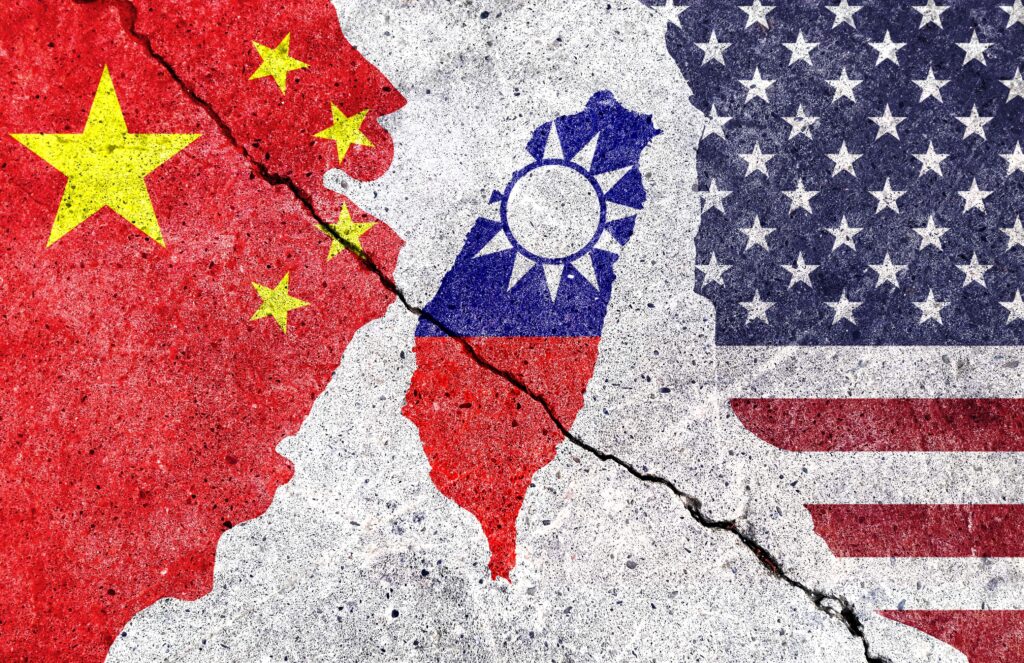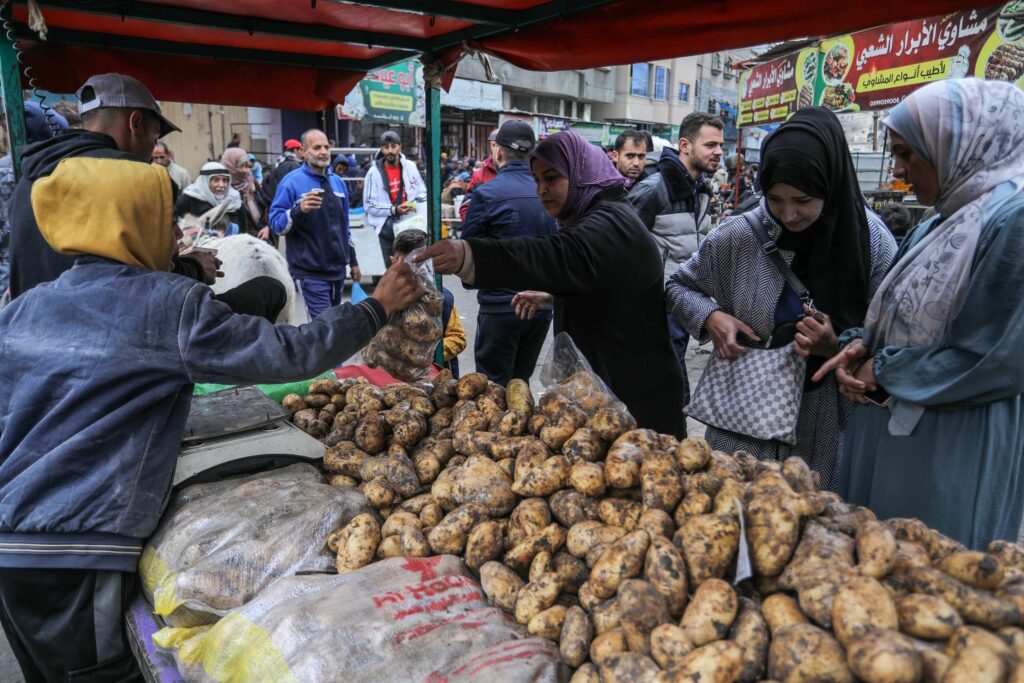This Mother’s Day, Americans will send more than 113 million greeting cards, buy roughly $3 billion in flowers and spend countless hours waiting in line for brunch. But here’s what most people don’t realize: Mother’s Day was actually created as a call to action.
It began as a peace movement forged by grief-stricken moms, sanitation reformers and wartime nurses. And although the day has since acquired some greeting card gloss, its original mission – to honor caregiving as a force for peace and global solidarity – hasn’t gone away. In fact, it lives on in an unexpected place: the United Nations.
The Origins of an American – Now Global – Tradition
In 1870, American abolitionist and suffragist Julia Ward Howe, horrified by the carnage of the U.S. Civil War and the Franco-Prussian War, issued a “Mother’s Day Proclamation.” This fiery manifesto called on women to unite across borders, “In the name of womanhood and of humanity… to promote the alliance of different nationalities, the amicable settlement of international questions [and] the great and general interests of peace.” Howe wasn’t looking for mimosas; in her words, she wanted “to create a global congress of women to prevent future wars.”
The Mother’s Day Proclamation called on women… “to promote the alliance of different nationalities, the amicable settlement of international questions [and] the great and general interests of peace.”
While her vision never came to fruition, it would echo decades later in the formation of the UN. Howe was ahead of her time – but would have been right at home at the General Assembly.
Alongside Howe was Ann Reeves Jarvis, an Appalachian-born woman who lost most of her 13 children to preventable disease. Turning her grief to advocacy, she organized “Mother’s Work Clubs” to promote public health and hygiene. In 1868, Jarvis famously helped both Union and Confederate soldiers during the Civil War, even organizing a “Mother’s Friendship Day” to reunite divided families.
Her daughter, Anna Jarvis, inspired by her mother’s compassion and grit, made it her life’s work to create a national day of recognition for moms. She succeeded in 1914, when President Woodrow Wilson – who later spearheaded the creation of the League of Nations, a precursor to the UN – declared the second Sunday in May as Mother’s Day.
From a Rallying Cry for Women to a Command for Troops
It wasn’t long after Wilson’s proclamation that American military leaders – including future president Franklin Roosevelt (whose wife, Eleanor Roosevelt, became the mother of the Universal Declaration of Human Rights), would order American soldiers to write home on Mother’s Day. By World War II, the holiday had become a national rallying cry to honor moms of soldiers and recognize the work women did on the home front: running factories, organizing Red Cross drives and holding families together in extraordinary times.
Although Jarvis ultimately lost favor with what she saw as the commercialization of the observation, the original ideals of Mother’s Day that she helped shape never died.
The UN Carries the Torch
Those ideals were taken up by organizations like the UN. Except instead of carving out one day to recognize moms (and maternal figures, caregivers and allies) worldwide, the UN took the values embodied in the original Mother’s Day ethos into dozens of programs and agencies it champions.
Like UN Women, which puts caregivers and peacebuilders at the heart of global policymaking. Or UNICEF, improving the health of mothers and children around the world. And the World Health Organization, reducing maternal mortality and supporting health services in low-resource settings.
And through U.S. support – a kind of Mother’s Day gift from the American people – millions of women and children around the world benefit from maternal healthcare, education and protections inspired by the principles Jarvis and Howe championed.
Remembering the Meaning of Mother’s Day
So this year, by all means, send the flowers. Write the card. Book the reservation. But also remember that Mother’s Day was never about pampering. It began as a call to action, urging us to notice the labor we often overlook and honor the contributions and caregivers with so much more than roses – with policies that help us build a better world.
From all of us at the Better World Campaign, Happy Mother’s Day!
This year, send the flowers. Write the card. Book the reservation. But also remember that Mother’s Day was never about pampering. It began as a call to action.




